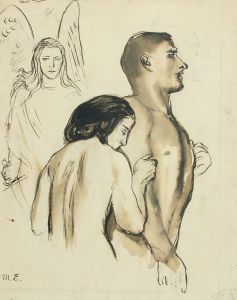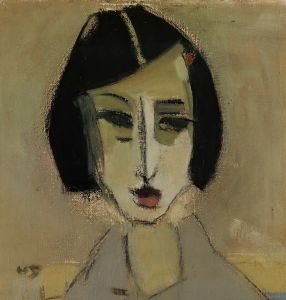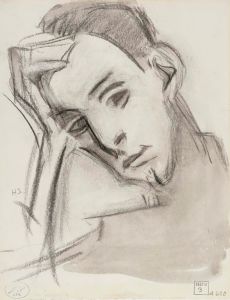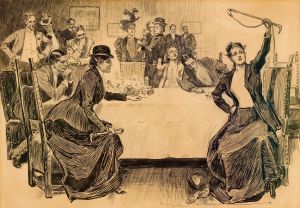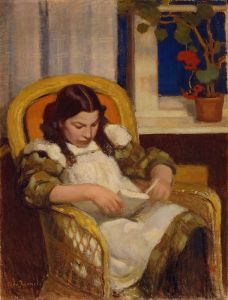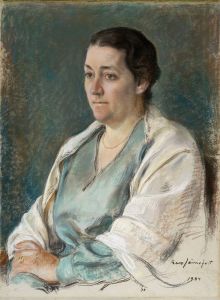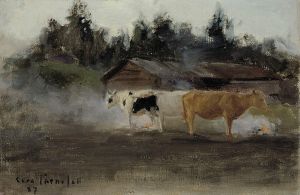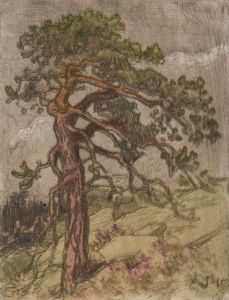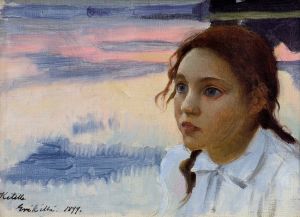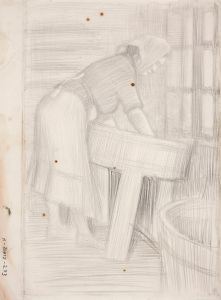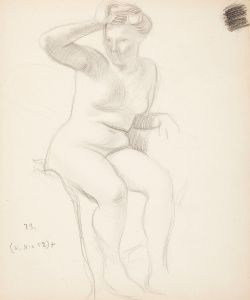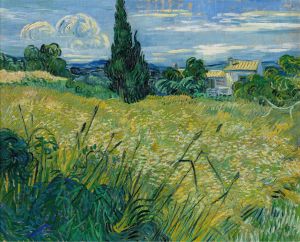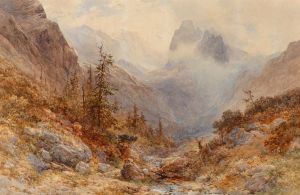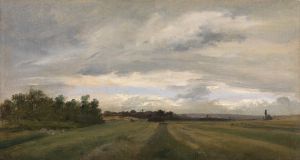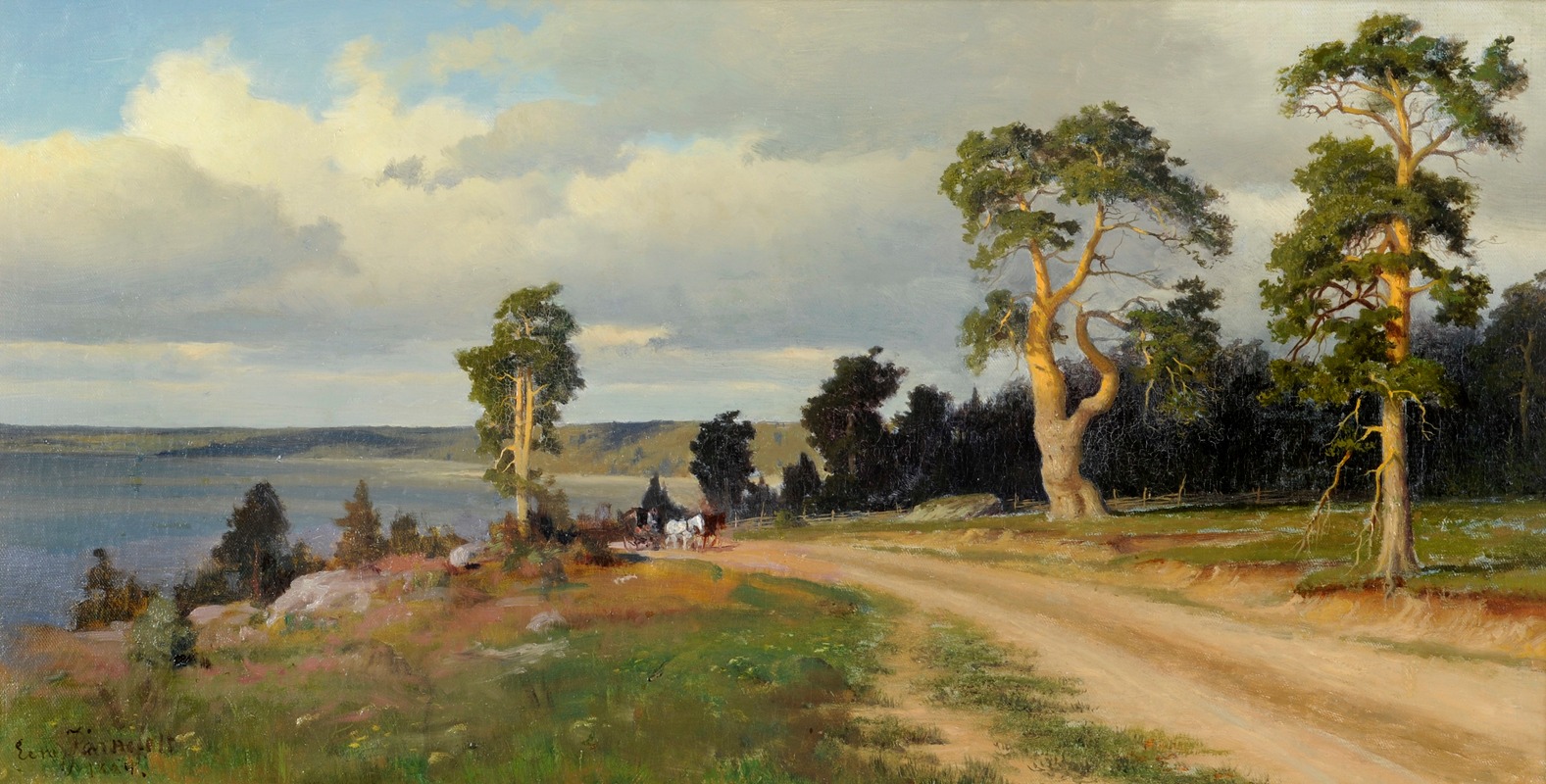
Landscape
A hand-painted replica of Eero Järnefelt’s masterpiece Landscape, meticulously crafted by professional artists to capture the true essence of the original. Each piece is created with museum-quality canvas and rare mineral pigments, carefully painted by experienced artists with delicate brushstrokes and rich, layered colors to perfectly recreate the texture of the original artwork. Unlike machine-printed reproductions, this hand-painted version brings the painting to life, infused with the artist’s emotions and skill in every stroke. Whether for personal collection or home decoration, it instantly elevates the artistic atmosphere of any space.
Eero Järnefelt was a Finnish painter, born on November 8, 1863, in Vyborg, which was then part of the Grand Duchy of Finland under the Russian Empire. He is best known for his landscapes and portraits, which often reflect the natural beauty and cultural life of Finland. Järnefelt was part of the Golden Age of Finnish Art, a period in the late 19th and early 20th centuries when Finnish artists gained international recognition.
One of Järnefelt's notable works is his landscape paintings, which capture the serene and majestic beauty of the Finnish countryside. His landscapes are characterized by their meticulous attention to detail and the ability to convey the atmospheric qualities of the Finnish environment. Järnefelt's work often depicts the interplay of light and shadow, the changing seasons, and the vastness of the Finnish wilderness.
Järnefelt studied at the Academy of Fine Arts in Helsinki and later continued his education in Paris, where he was influenced by the naturalism movement. This influence is evident in his landscape paintings, which often feature realistic depictions of nature. His time in Paris exposed him to the works of other European artists, which helped him refine his style and technique.
One of Järnefelt's most famous landscape paintings is "Under the Yoke (Burning the Brushwood)" (1893), which, although not titled "Landscape," exemplifies his skill in portraying the Finnish landscape. The painting depicts a rural scene where farmers are burning brushwood, a traditional agricultural practice in Finland. This work is celebrated for its realistic portrayal of rural life and its social commentary on the hardships faced by Finnish peasants.
Järnefelt's landscapes are not just mere representations of nature; they often carry deeper meanings and reflect the national identity of Finland. During his career, Finland was undergoing a period of national awakening, and artists like Järnefelt played a crucial role in shaping and expressing Finnish cultural identity through their work. His landscapes often evoke a sense of pride and belonging, resonating with the Finnish people's connection to their land.
In addition to his landscapes, Järnefelt was also a skilled portraitist. He painted portraits of many prominent figures in Finnish society, capturing their personalities and status with great sensitivity. His ability to convey the character and essence of his subjects made him a sought-after portrait artist during his time.
Eero Järnefelt's contribution to Finnish art is significant, and his landscapes remain an important part of Finland's cultural heritage. His works are housed in various museums and collections, including the Ateneum Art Museum in Helsinki, which holds a substantial collection of his paintings. Järnefelt's legacy continues to inspire contemporary artists and art enthusiasts, and his landscapes remain a testament to his skill and dedication to capturing the beauty of Finland's natural environment.
Järnefelt passed away on November 15, 1937, in Helsinki, leaving behind a rich legacy of art that continues to be celebrated and studied. His landscapes, in particular, offer a window into the Finnish soul, reflecting the country's natural beauty and the spirit of its people.





